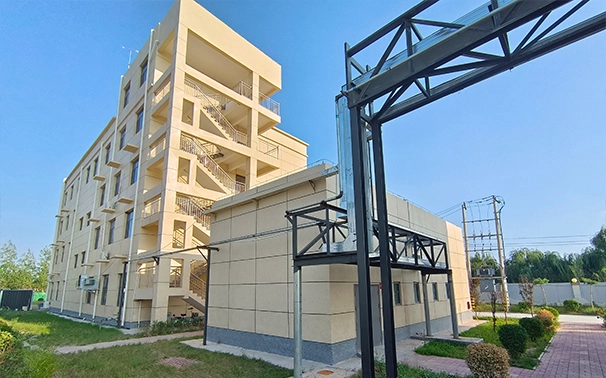coagulation flocculation
Coagulation and Flocculation Essential Processes in Water Treatment
Coagulation and flocculation are critical processes utilized in water treatment systems worldwide. These processes are employed to remove suspended solids, colloidal particles, and impurities from water, ensuring it is safe for consumption and meets environmental standards. Understanding these processes is vital for effective water management and pollution control.
Coagulation and Flocculation Essential Processes in Water Treatment
Following coagulation, the second phase—flocculation—occurs. This process involves gentle mixing of the water to encourage the aggregation of the destabilized particles into larger, heavier clusters known as flocs. Flocculation is usually facilitated by mechanical stirring or hydraulic means, creating conditions for particles to collide and bond together. The formation of these larger flocs enhances the efficiency of subsequent sedimentation or filtration, as the heavier particles can settle out of the water column more readily.
coagulation flocculation

The efficiency of coagulation and flocculation depends on several factors, including the type and dosage of coagulant used, the pH of the water, temperature, and the presence of organic matter. Operators of water treatment plants continuously monitor these parameters to optimize the treatment process.
One significant advantage of these processes is their ability to improve water clarity. Colloidal particles, which contribute to turbidity, can harbor pathogens. By removing these particles through coagulation and flocculation, the risk of waterborne diseases is minimized. Moreover, these methods can reduce the presence of dissolved organic contaminants, which can lead to the formation of disinfection byproducts during subsequent chlorination.
In conclusion, coagulation and flocculation are essential components of modern water treatment practices. They effectively remove impurities, enhance water quality, and play a crucial role in protecting public health. As water scarcity and pollution concerns continue to rise globally, the importance of these processes will only grow, emphasizing the need for innovation and optimization in water treatment technologies. Ensuring clean and safe water through these methods underscores the commitment to sustainable environmental practices and the health of communities around the world.
-
Pbtc Scale InhibitorPBTC: A Scale Protector for Industrial Water TreatmentNewsAug.05,2025
-
Organic Phosphonate: An Efficient Defender in the Field of Scale InhibitionNewsAug.05,2025
-
Hydrolyzed Polymaleic Anhydride: Green Pioneer in Scale Inhibition FieldNewsAug.05,2025
-
PAPEMP Polyamino Polyether Methylene Phosphonic Acid For SaleNewsAug.05,2025
-
Flocculant Water Treatment: A Pioneer in Purification in the Field of Water TreatmentNewsAug.05,2025
-
Benzyl Isothiazolinone: An Efficient and Broad-Spectrum Antibacterial Protective GuardNewsAug.05,2025





